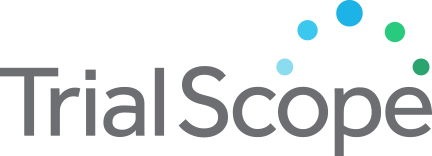Cooled Radiofrequency vs. Hyaluronic Acid to Manage Knee Pain
Study Purpose
This is a prospective, randomized, multicenter comparison study examining the outcomes of subjects with osteoarthritis and knee pain undergoing a procedure to create a radiofrequency lesion of the genicular nerves with the Cooled Radiofrequency Ablation (CRFA) system compared to subjects receiving Hyaluronic Acid (HA). Approximately 168 subjects will be enrolled into this study, with subjects undergoing either CRFA or HA injection in a 1:1 randomization scheme. Follow-up will be conducted for 12 months post-CRFA, with the primary endpoint being completed at month 6. Subjects randomized to the comparison (HA) group will have the option to cross-over to the neurotomy group after completing the 6-month endpoint assessment. They will be followed for an additional 6 months. Pain, overall outcome, quality of life, pain medication use, and adverse events will be compared between the two treatment groups to determine success.
Recruitment Criteria
|
Accepts Healthy Volunteers
Healthy volunteers are participants who do not have a disease or condition, or related conditions or symptoms |
No |
|
Study Type
An interventional clinical study is where participants are assigned to receive one or more interventions (or no intervention) so that researchers can evaluate the effects of the interventions on biomedical or health-related outcomes. An observational clinical study is where participants identified as belonging to study groups are assessed for biomedical or health outcomes. Searching Both is inclusive of interventional and observational studies. |
Interventional |
| Eligible Ages | 21 Years and Over |
| Gender | All |
Trial Details
|
Trial ID:
This trial id was obtained from ClinicalTrials.gov, a service of the U.S. National Institutes of Health, providing information on publicly and privately supported clinical studies of human participants with locations in all 50 States and in 196 countries. |
NCT03381248 |
|
Phase
Phase 1: Studies that emphasize safety and how the drug is metabolized and excreted in humans. Phase 2: Studies that gather preliminary data on effectiveness (whether the drug works in people who have a certain disease or condition) and additional safety data. Phase 3: Studies that gather more information about safety and effectiveness by studying different populations and different dosages and by using the drug in combination with other drugs. Phase 4: Studies occurring after FDA has approved a drug for marketing, efficacy, or optimal use. |
N/A |
|
Lead Sponsor
The sponsor is the organization or person who oversees the clinical study and is responsible for analyzing the study data. |
Avanos Medical |
|
Principal Investigator
The person who is responsible for the scientific and technical direction of the entire clinical study. |
Antonia F Chen, MD |
| Principal Investigator Affiliation | Brigham and Women's Hospital |
|
Agency Class
Category of organization(s) involved as sponsor (and collaborator) supporting the trial. |
Other |
| Overall Status | Recruiting |
| Countries | United States |
|
Conditions
The disease, disorder, syndrome, illness, or injury that is being studied. |
Osteoarthritis of the Knee |
Contact a Trial Team
If you are interested in learning more about this trial, find the trial site nearest to your location and contact the site coordinator via email or phone. We also strongly recommend that you consult with your healthcare provider about the trials that may interest you and refer to our terms of service below.
